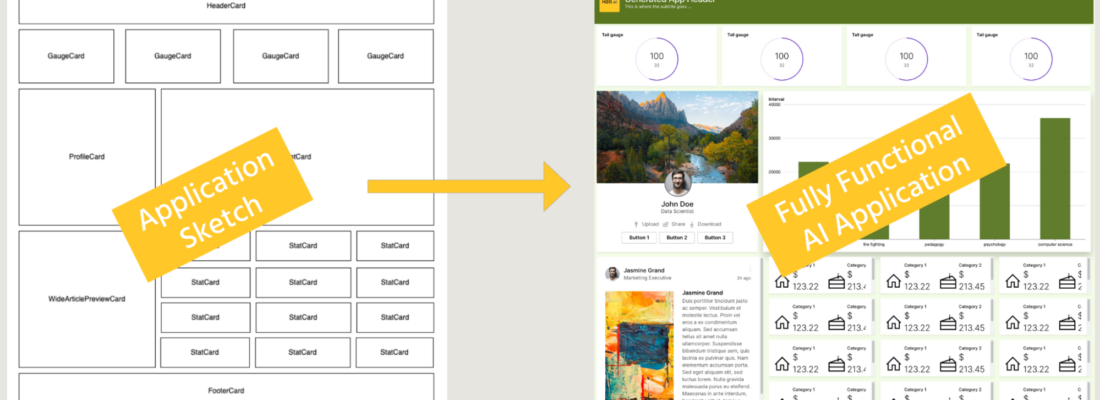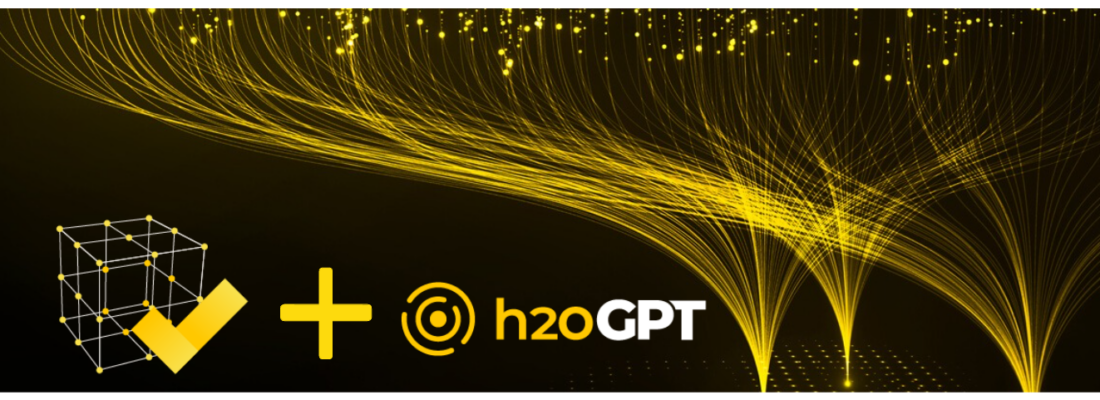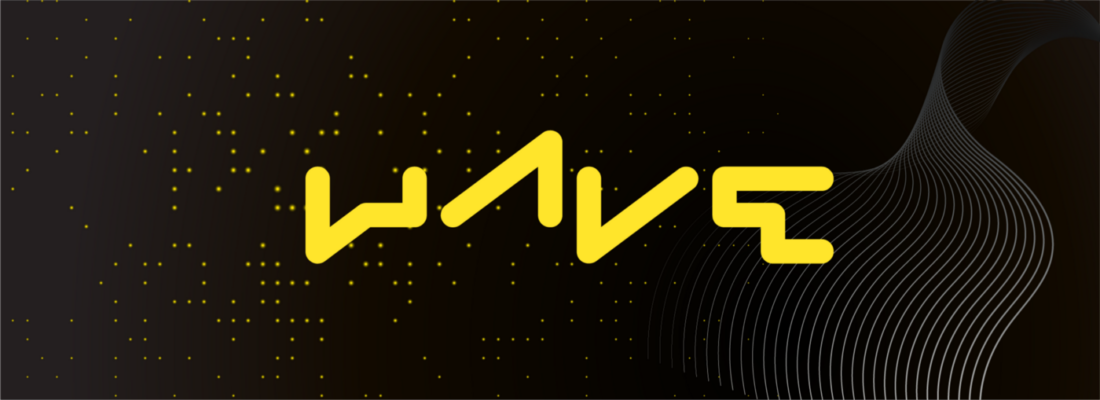H2O.ai Blog
Filter By:
14 results Category: Year:Generating LLM Powered Apps using H2O LLM AppStudio – Part1: Sketch2App
sketch2app is an application that let users instantly convert sketches to fully functional AI applications. This blog is Part 1 of the LLM AppStudio Blog Series and introduces sketch2app The H2O.ai team is dedicated to democratizing AI and making it accessible to everyone. One of the focus areas of our team is to simplify the adoption of...
Read moreEnhancing H2O Model Validation App with h2oGPT Integration
As machine learning practitioners, we’re always on the lookout for innovative ways to streamline and enhance our processes. What if we could integrate the power of language models into our workflows, especially in the critical phase of model validation? Imagine running validation procedures, interpreting results, or even troubleshooting i...
Read moreBuilding a Manufacturing Product Defect Classification Model and Application using H2O Hydrogen Torch, H2O MLOps, and H2O Wave
Primary Authors: Nishaanthini Gnanavel and Genevieve Richards Effective product quality control is of utmost importance in the manufacturing industry. The presence of defective components can have adverse effects on various aspects, including escalating production costs, compromising product quality, diminishing product longevity, and l...
Read moreDeploy a WAVE app on an AWS EC2 instance
This article was originally published by Greg Fousas and Michelle Tanco on Medium and reviewed by Martin Turoci (unusualcode) This guide will demonstrate how to deploy a WAVE app on an AWS EC2 instance. WAVE can run on many different OSs (macOS, Linux, Windows) and architectures (Mac, PC). In this document, Ubuntu Linux will be used. T...
Read moreNew in Wave 0.24.0
Another Wave release has arrived with quite a few exciting new features. Let’s quickly go over the biggest ones.Wave init CLIHow many times you wanted to build a Wave app fast, but then you realized you need to start from scratch, copy over the skeleton of your app and work up from there? For these exact reasons, we introduced a new wave...
Read moreAn Introduction to H2O Wave Table
H2O Wave is a Python package for creating realtime ML/AI applications for a wide variety of data science workflows and industry use cases. Data scientists view a significant amount of data in tabular form. Running SQL queries, pivoting data in Excel or slicing a pandas dataframe are pretty much bread-and-butter tasks. With the growing u...
Read moreH2O Wave joins Hacktoberfest
It’s that time of the year again. A great initiative by DigitalOcean called Hacktoberfest that aims to bring more people to open source is about to start. Hacktoberfest incentives people to make at least 4 valuable contributions (pull requests) to an open source repository and get the reward i...
Read moreUsing GraphQL, HTTPX, and asyncio in H2O Wave
Today, I would like to cover the most basic use case for H2O Wave, which is collecting a bunch of data and displaying them in a nice and clean way. The goal is to build a simple dashboard that shows how H2O Wave compares against its main competitors in terms of popularity and codebase metrics. The main competitors in question are: Stre...
Read moreIntegrating VSCode editor into H2O Wave
Let’s have a look at how to provide our users with a truly amazing experience when we need to allow them to edit pieces of code or configuration. We will use one of the most popular and well-known code editors called Monaco editor which powers VSCode. The resulting app will have the editor on the left side and a markdown card on the righ...
Read more5 Tips for Improving Your H2O Wave Apps
Let’s quickly uncover a few simple tips that are quick to implement and have a big impact. Do not recreate navigation, update it The most common error I see across the Wave apps is ugly navigation that seems to be laggy. Laggy navigation. The reason for this behavior is that we want to save the clicked value and set it e...
Read moreSetting Up Your Local Machine for H2O AI Cloud Wave App Development
This article is for users who would like to build H2O Wave apps and publish them in the App Store within the H2O AI Cloud (HAIC). We will walk through how to set up your local machine for HAIC Wave App development. Instructions Developing with Wave H2O Wave is a framework for building frontends using only python or R. In this article...
Read moreDemand Sensing with H2O Wave : Supply Chain Intelligence and Inventory Optimization for Retail, CPG, and FMCG Industries
Demand Sensing can help optimize inventories by analyzing and modeling short-term and real-time signals The supply chains across the Consumer Packaged Goods (CPG), Fast-Moving Consumer Goods (FMCG) and Retail sectors need to continuously monitor the drivers that may impact their internal models and processes. These include systems around ...
Read moreHow to Create Your Spotify EDA App with H2O Wave
In this article, I will show you how to build a Spotify Exploratory Data Analysis (EDA) app using H2O Wave from scratch.H2O Wave is an open-source Python development framework for interactive AI apps. You do not need to know Flask, HTML, CSS, etc. H2O Wave has ready-to-use user-interface components and charts, including dashboard templa...
Read moreInstall H2O Wave on AWS Lightsail or EC2
Note : this blog post was first published on Thomas’ personal blog Neural Market Trends . I recently had to set up H2O’s Wave Server on AWS Lightsail and build a simple Wave App as a Proof of Concept. If you’ve never heard of H2O Wave then you have been missing out on a new cool app development framework. We use it at H2O to build AI-ba...
Read more
















